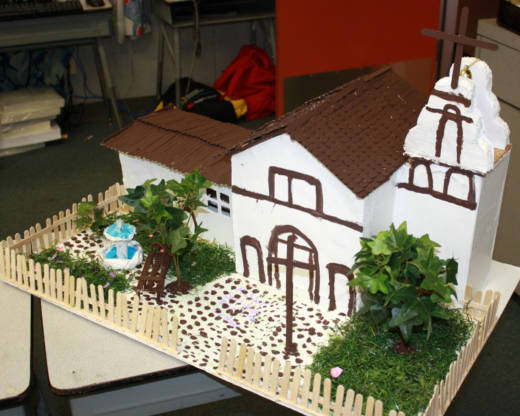A new framework for teaching history and social science is encouraging California teachers to ditch the longtime tradition of building miniature missions in fourth grade.
Instead, the state’s new framework is encouraging teachers to move their lessons toward a more contextual understanding of the missions’ place in California history and effects on Native Americans.
“Building missions from sugar cubes or popsicle sticks does not help students understand the period and is offensive to many,” reads the framework, which state officials adopted last year and is being rolled out in classrooms this year.
Those who find the project offensive think that it glorifies or celebrates the colonization of indigenous people, without discussing the effects on them and their environment. It also can be expensive to execute well, and some parents complain they end up doing more of the project than their children do.
“Instead, students should have access to multiple sources that identify and help children understand the lives of different groups of people who lived in and around missions, so that students can place them in a comparative context,” the framework reads.

